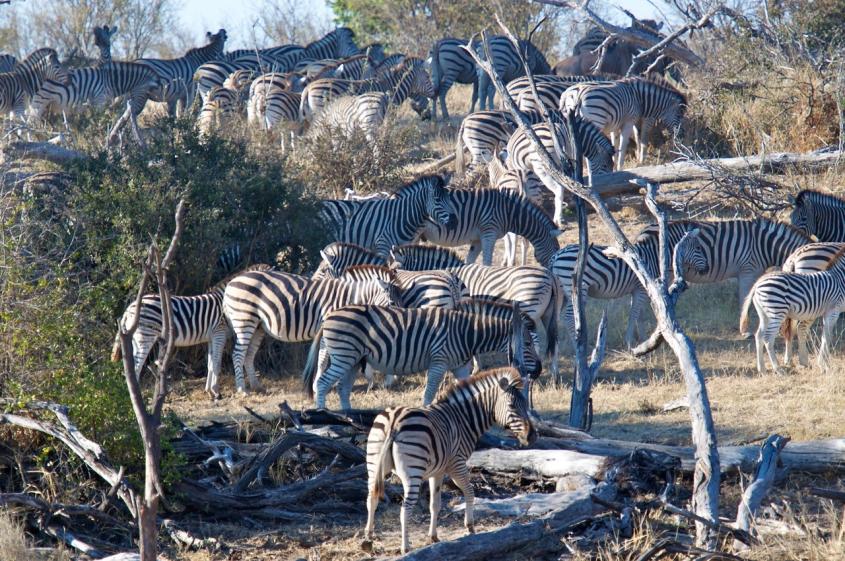Cornell Wildlife Health Center’s Steve Osofsky on rethinking global approaches to animal health
Steven Osofsky, D.V.M. ’89, Jay Hyman Professor of Wildlife Health & Health Policy, published an editorial in the most recent issue of the Journal of Wildlife Diseases. The piece details how methods of addressing livestock diseases can sometimes cause significant negative impacts on other sectors (such as wildlife), and calls for more thoughtful and holistic approaches going forward. Osofsky writes, “’First, do no harm' must apply to animal health policy-making as much as these wise words apply to clinical practice.”
Osofsky's piece comments on a new initiative, the Global Burden of Animal Disease assessment, which is analogous to the well-established Global Burden of Disease initiative in public health. “Reliable, comprehensive global estimates of the direct and indirect costs of many animal diseases to society are currently lacking — hence the value of a global assessment,” Osofsky writes, noting that zoonotic and nonzoonotic diseases have billions of dollars’ worth of material impacts on, for example, food and public health systems.
Osofsky cites the example of foot-and-mouth disease (FMD) in southern Africa, which has had global impacts exceeding $22.5 billion annually. Yet this hefty price tag does not take into account the costs associated with the negative impacts of the approaches actually used to control the disease. “Over the past 70 years of using fencing as the focus of control, hundreds of thousands, if not millions, of wild animals have died due to their being impeded from undertaking seasonal migrations critical for accessing grazing and water resources,” Osofsky says. These fences have contributed to the declines of many of the region’s wildlife species, including wildebeest, hartebeest and zebra.
“Nature-based tourism now contributes as much or more to the gross domestic product of the Southern African Development Community region as do agriculture (including livestock), fisheries, and forestry combined,” Osofsky writes. “The very real impacts of FMD-related cordon fencing on the free-ranging wildlife resource should give us pause.”
In his conclusion, Osofsky notes that livestock health policy solutions must consider wildlife and associated natural resources that exist in the same landscapes.
“Only then,” Osofsky notes, “will we have a chance of yielding results that are socially, ecologically, and economically sustainable for generations to come.”
Read Osofsky’s full piece in the Journal of Wildlife Diseases here.






